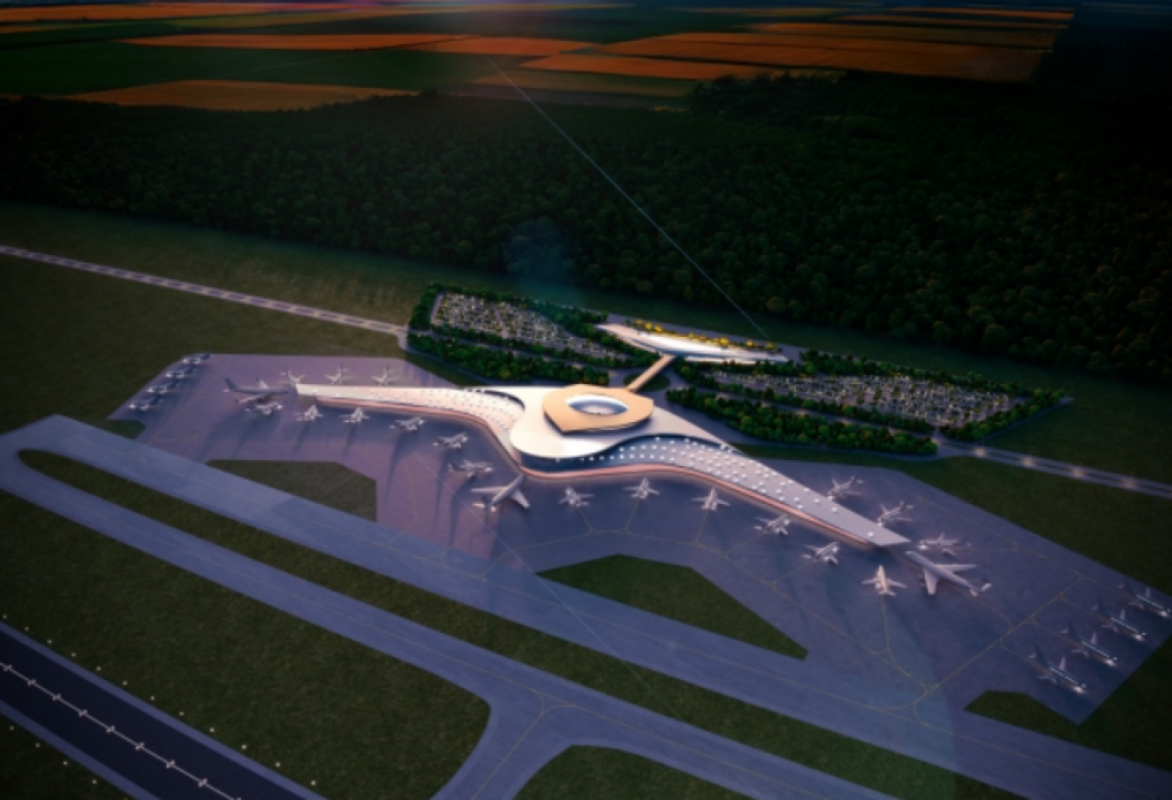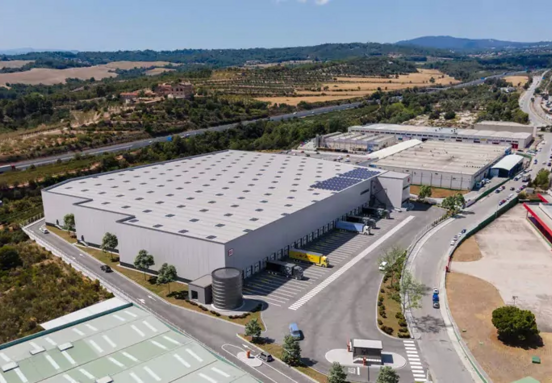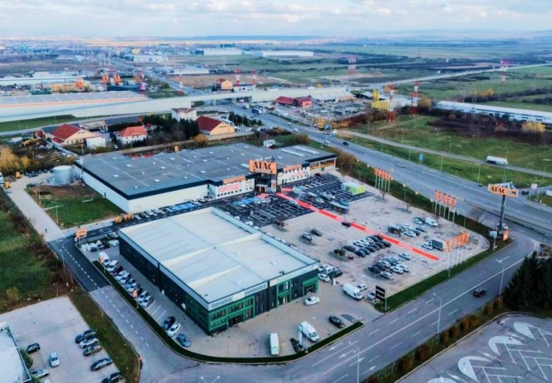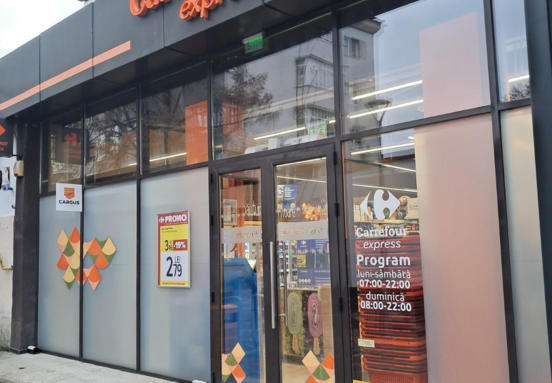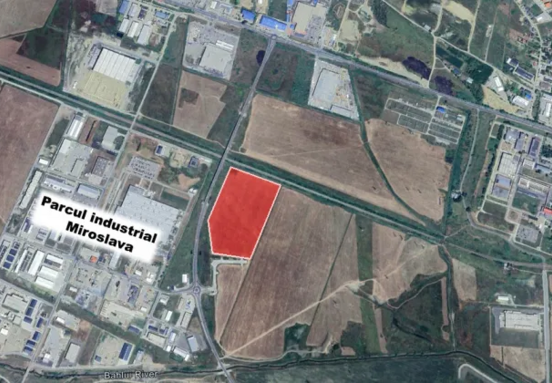Bucharest's new gateway: a strategic vision for growth
The development of the Bucharest-South Airport marks a pivotal moment for Romania's infrastructure and economic landscape.
Scheduled for completion by late 2028 or early 2029, this new facility is designed to significantly decongest Bucharest's existing Otopeni Airport, which is projected to handle up to 65 million passengers annually by 2050.
More importantly for businesses, it will establish a robust new logistics corridor, crucial for regional and international trade.
A modern logistics and cargo hub
Positioned to handle at least 30,000 tons of air cargo, the Bucharest-South Airport is envisioned as a state-of-the-art cargo hub.
The project includes dedicated cargo terminals with a minimum estimated space of 3,000 m², alongside extensive cargo warehouses and storage depots.
This commitment to advanced logistics infrastructure makes the area around Adunații Copăceni a prime location for companies involved in distribution, e-commerce, manufacturing, and supply chain management seeking integrated warehousing solutions.
Strategic location and unmatched connectivity
The airport’s strategic placement in southern Bucharest offers exceptional connectivity. It will be seamlessly integrated with existing and future transport networks, including major roads, railways, waterways, and planned metro extensions (M4, M2, M7). This multimodal access ensures efficient movement of goods and personnel, providing businesses with a competitive edge.
Furthermore, its proximity to Bulgaria transforms it into a crucial node for cross-border trade and travel, especially within the context of Romania and Bulgaria's Schengen status, opening up access to broader European markets.
Ample space for business expansion
With a total estimated land area of approximately 700 hectares, the Bucharest-South Airport project offers vast potential for ancillary commercial and industrial development. Beyond the airport's core facilities, which include an approximately 81,000 m² passenger terminal and 4,500-car parking, the extensive land parcel provides an ideal environment for the development of new office parks, industrial zones, and logistic centers. This scale allows businesses to plan for long-term growth and establish a significant presence in a rapidly developing region.
Future-proof infrastructure and sustainability
The airport's design adheres to international standards set by IATA, incorporating modern terminals, runways, and essential airport services like aircraft maintenance hangars, ground support, and fueling facilities. Demonstrating a commitment to sustainability, the project also plans for solar power plants and wastewater treatment facilities, aligning with modern corporate social responsibility objectives. This future-proof infrastructure ensures long-term operational efficiency and supports businesses with a commitment to environmental stewardship.
Source: stiripesurse.ro
